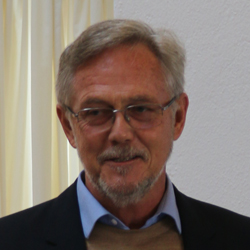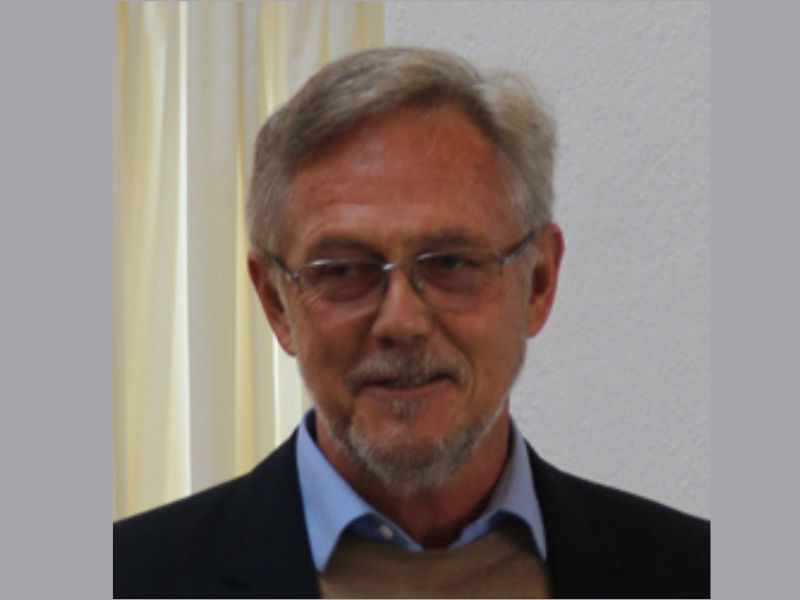

This year, the International Day of Education is focusing on the role of technology and AI in education. While these advancements offer innovative tools for learning, it is critically important to remember that it is the teachers that remain central to children’s lives within school and the overall educational experience. Their role extends beyond mere dissemination of information; they are facilitators of critical thinking, social interactions, and academic development.
Teachers are more than conveyors of knowledge; they are mentors who guide students through the complexities of learning. Their presence in the classroom encourages an environment where students can safely engage in discussions, develop social skills, and receive personalized feedback. This human interaction is crucial for understanding empathy, cultural awareness, and reasoning, qualities that AIs cannot effectively convey.
Moreover, teachers are adept at recognizing the diverse needs of students, adapting their teaching methods to accommodate different learning styles, personalities and abilities. This approach ensures that education is inclusive and equitable, providing all students with the opportunity to succeed.
Education thrives in collective settings where students collaborate, share ideas, and learn from one another. Classrooms serve as microcosms of society, teaching students how to communicate effectively, resolve conflicts, and work as part of a team. These social skills are essential for personal and professional success in adult life.
The communal aspect of learning also enhances cognitive development. Discussions and group activities encourage students to think critically, consider multiple perspectives, and develop deeper understanding of subjects. Such interactive learning experiences are difficult to replicate in solitary, computer or device-based settings.
Humana People to People (HPP), of which I am the Chairman, exemplifies the importance of teacher-led, community-centric education. Operating in 46 countries across five continents, HPP last year implemented over 1,584 development projects, reaching more than 17.9 million people. HPP has trained over 65,000 teachers to work in government primary schools in countries including India, Mozambique, Angola, Malawi, Zambia, the DRC and Guinea Bissau. Our courses typically span one to three years, and our pedagogical approach emphasises creating spaces where students actively drive and navigate their own training within a collective setting.
In India, apart from teacher education, HPPI’s educational initiatives focus on closing academic learning gaps through bridge education and accelerated learning programmes combined with holistic development. The pedagogy of programmes like Kadam and Balvatika 3 align with India’s National Education Policy 2020, emphasizing not only cognitive development but also character building and the cultivation of skills. Kadam and Sambhavana is designed to bring out of school children back to school (age 7 – 14) as well as closing the learning gaps for in-school children through a personalized and self-driven education system. Balvatika 3 is designed as a preparatory class for children before they enter grade 1, aiming to prepare children for formal schooling in a playful and interactive environment.
Central to HPP’s approach is the belief that education should be rooted in the community and facilitated by trained educators who understand the local context. This ensures that learning is relevant, culturally sensitive, and capable of addressing specific challenges faced by the community.
While technology and AI can enhance educational resources, they should complement, not replace, the human elements of teaching. Teachers provide the emotional intelligence, ethical guidance, and social context that machines lack. They are instrumental in helping students navigate the vast information available, teaching them to think critically about sources, context, and implications.
Furthermore, the digital divide remains a significant issue. Not all students have access to the necessary technology or the skills to use it effectively. Teachers play a vital role in bridging this gap, ensuring that all students receive a quality education regardless of their socio-economic status.
Addressing global challenges such as climate change and social equity within the educational framework is essential. UNESCO’s report, “Transforming Education for Climate Action,” provides a roadmap for integrating climate education into curricula, emphasizing the role of teachers in fostering environmental stewardship.
Teachers are pivotal in contextualizing these global issues, making them relevant to students’ lives, and inspiring them to take action. Through project-based learning and community involvement, teachers can empower students to contribute to sustainable development and social justice.
As we navigate the integration of technology and AI in education, it is crucial to reaffirm the central role of teachers. They are the cornerstone of an effective educational system, providing the human connection, adaptability, and contextual understanding that technology cannot replicate. Organizations like Humana People to People demonstrate the profound impact of teacher-led, community-focused education. By preserving human agency in teaching, we ensure that education remains a transformative force for individuals and societies alike.
Also read: K-12 teacher shortage myth
